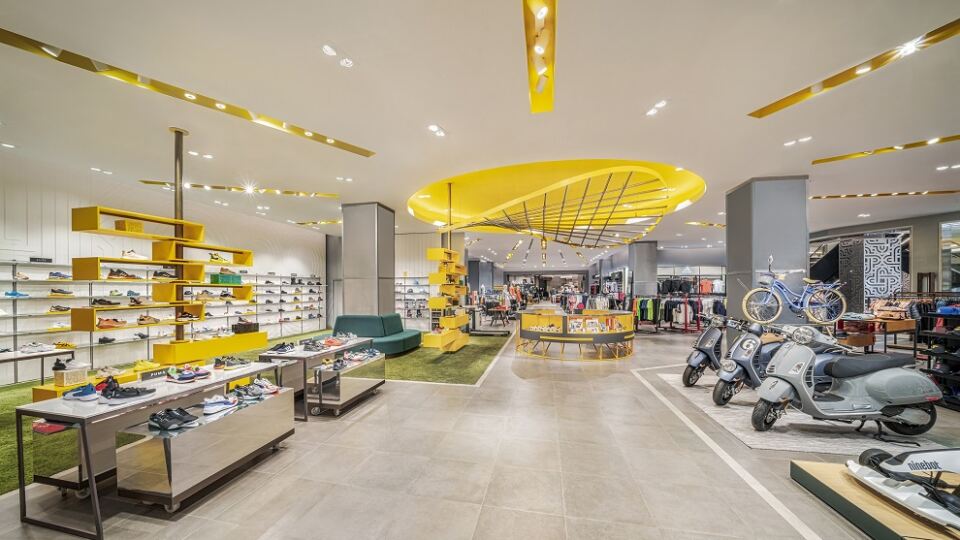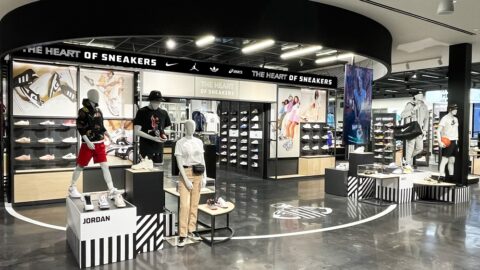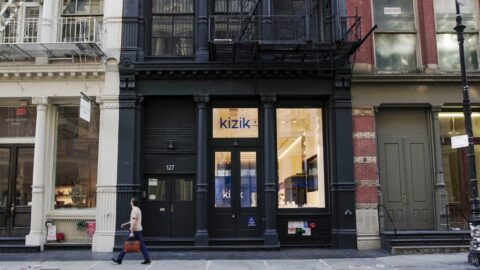Q&A with Alec Zaballero, Managing Executive/Studio Director, TPG Architecture
Design:Retail (D:R): Since the pandemic, how have the needs of luxury shoppers changed?
Alec Zaballero: The needs of luxury shoppers have not changed that much since we entered the pandemic. The reality is that the luxury market, especially as it relates to the 1%-10%, is untouched, as people still want the latest and greatest brands have to offer. Brand loyalty and brand relationships remain central to the longevity of success in the market.
D:R Consumers are now looking for a transformed shopping experience and ways to express themselves through the products they buy. What does this look like in terms of design, and how does this differ from the traditional department store?
Advertisement
Zaballero: This is more a question of how corporate communications can react to better support the customer shopping experience. Retail store design is a multi-year investment in capital, and therefore it is easier to adapt to unprecedented changes through brand communication and customer service models.
D:R What does the digitization of shopping look like in a luxury high-end store?
Zaballero: In a physical store, there is a place for technology, but it needs to be invisible. The more high-end/luxury the store, the more seamless and invisible the technology needs to be. The integration of technology helps with both expanding the relationship with the brand and the customer.
D:R Currently, Gen Z is the biggest growing market right now. How are you catering to them?
Zaballero: It’s not so much catering but recognizing that Gen Z is a different type of consumer with a different set of drivers. Gen Z is a more socially active and a digital native, meaning they are more comfortable with all channels of shopping, physical and virtual. This allows them to interact with their brands and demand accountability and communication. In return, there is a higher bar for brand consistency, messaging and response. For Gen Z, brand relationships are established well before they step into the physical store and continue well after. Ultimately, their brands are extensions of their personal value sets.
D:R: What are some luxury retail design trends you predict to see in the future?
Zaballero: The luxury market and brands under that category are evolving to become a much more diffuse network of retailers. New brands that originated as direct-to-consumer (DTC) are changing the sector and the definition of luxury retail. However, with each brand, they will implement their own communications, strategy and design that ultimately captures the identity, essence and values of the brand. This is all magnified through store design — a key part of the brand’s omnichannel.









